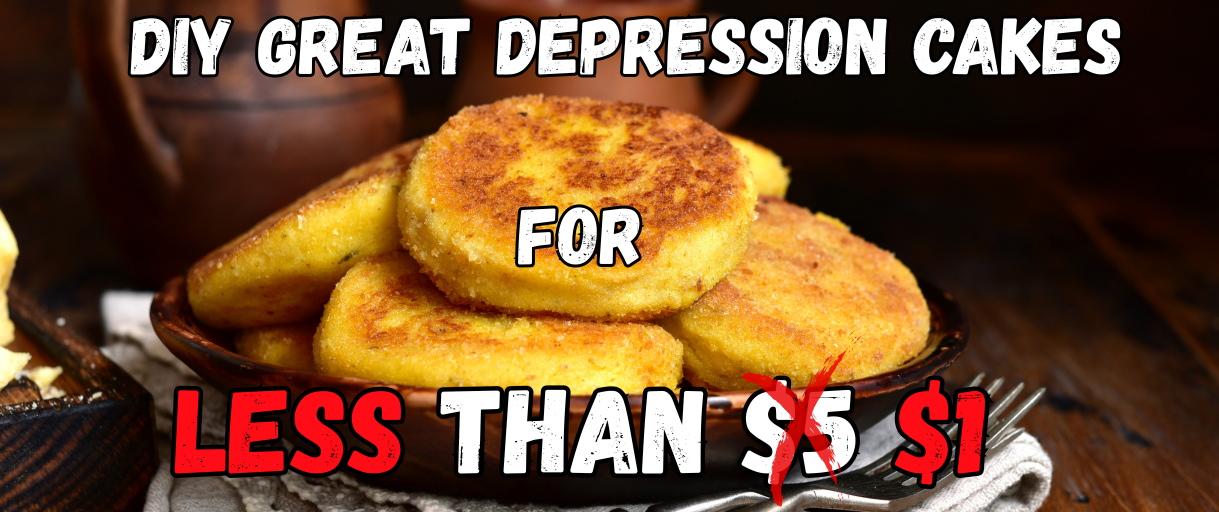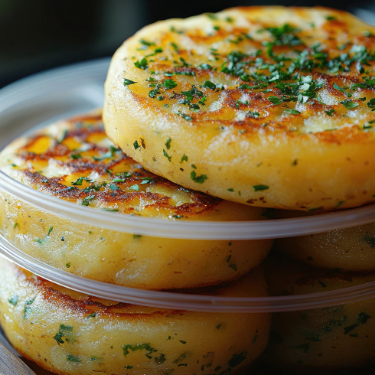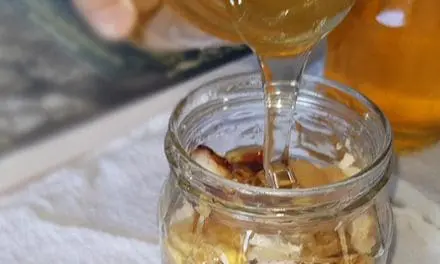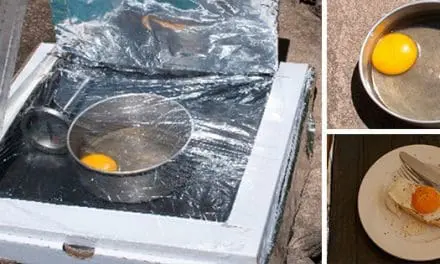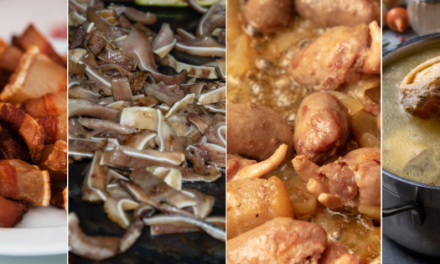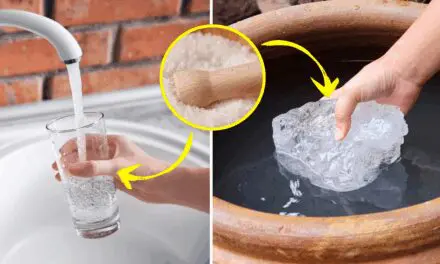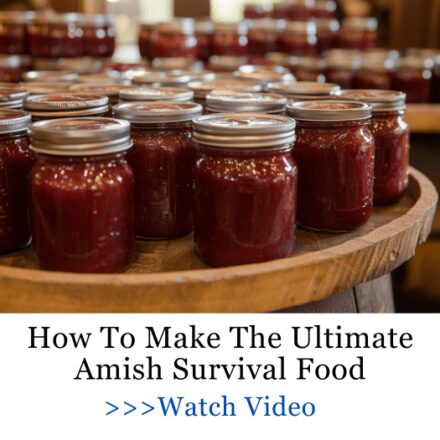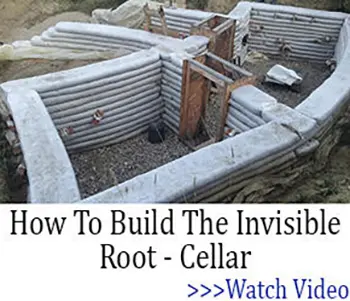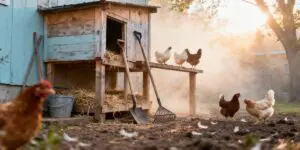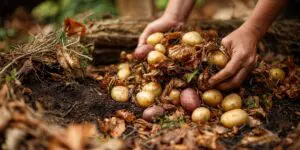During the Great Depression, every meal was an important act of survival. People had to stretch what little they had, and potatoes quickly became a kitchen hero.
The Depression era was brutal. You’d toil all day—sweating, scraping—for just a dollar. Then head home to feed a family of six or more. And that meant every leftover counted.
Mashed potatoes were a staple: cheap, hearty, and easy to store through the winter in root cellars. But once cold, they turned gummy and unappetizing. So clever mothers got creative. They found a way to turn those cold leftovers into something warm, crispy, and irresistible. Something the whole family would actually want to eat. They called them Potato Cakes.
They’re still just as cheap, easy to make, and satisfying today.
How Do You Make Potato Cakes? Step-by-Step Process
If you’ve got leftover potatoes and a frying pan, you’re literally five minutes away from a forgotten classic that kept families alive when the world fell apart. Let’s learn exactly how to make them.
Depression-Era Potato Cakes Ingredients: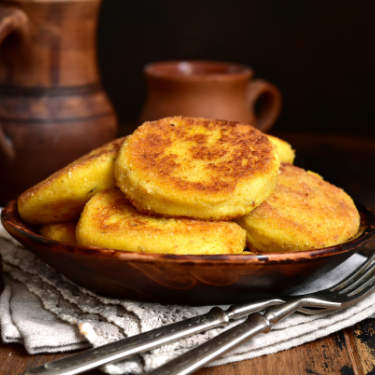
2 cups cold mashed potatoes (leftover works best)
½ cup all-purpose flour, plus more as needed
1 small grated onion (optional)
Salt and pepper, to taste
Bacon grease or lard, for frying (about 1 tbsp)
Instructions:
1. Prepare the Potatoes
Scoop cold mashed potatoes into a large mixing bowl.
If they’ve firmed up in the fridge, break them up with a fork until smooth.
💡 Cold potatoes work best. They’re easier to shape and won’t turn gummy when flour is added.
2. Mix the Dough
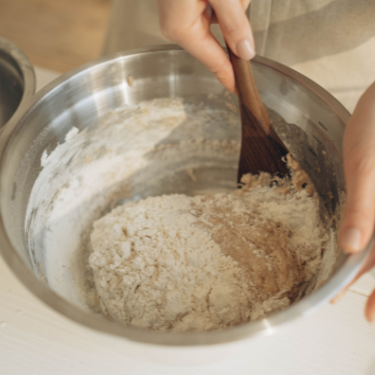
Sprinkle in the flour and mix with your hands. Add the grated onion (if using), salt, and pepper.
Keep mixing until the dough feels like thick cookie dough: firm enough to hold shape, but not dry or crumbly. I usually start with about half a cup of flour for two cups of potatoes, then add more as needed.
Season the mixture with salt and pepper to taste. Adjust flour as needed. I also add my grated onion at this stage if I’m using it. The onion releases moisture, so you might need a bit more flour to compensate. Mix everything together until it forms a cohesive mass that holds its shape when you squeeze it.
3. Shape the Cakes
Now comes the fun part – shaping the patties. I use my hands to form them into palm-sized rounds, about half an inch thick. Don’t worry about making them perfectly round or uniform. The rustic, homemade look is part of their charm. If the mixture sticks to your hands, wet them slightly with cold water.
4. Fry Them Up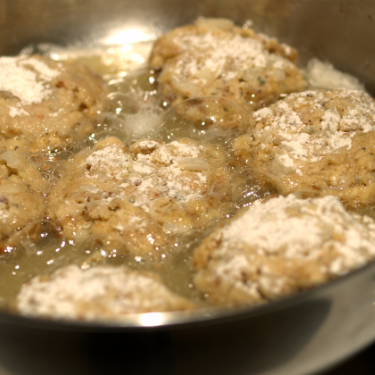
Heat your skillet. Set cast iron over medium heat. Add a tablespoon of bacon grease or lard. It should melt quickly but not smoke. Test with a bread crumb—if it sizzles gently, you’re ready. Lay cakes in the skillet without crowding. Leave space for flipping.
5. Cook Until Golden
Fry like the old-timers. Cook 4–5 minutes per side. Wait for golden-brown crusts with crisp lace edges. Flip only once—patience prevents crumbling. Transfer finished cakes to a cloth-lined plate to absorb excess grease.
The finished cakes should be crispy on the outside and creamy inside, with a rich, savory flavor that makes you want to eat them straight from the pan.
➡️ How to Stockpile 272 pounds of long-lasting food with just $5
Creative Variations from the Homestead
After making basic potato cakes for a few months, I started experimenting with whatever I had around the homestead. That’s when I discovered these cakes are like a blank canvas – you can add almost anything and create something completely different.
My family now requests specific variations, and I’ve developed favorites for different seasons based on what’s available.
The savory additions work particularly well if you’re trying to use up leftover meat. I’ve shredded leftover roast chicken, rabbit, and even venison into the potato mixture before forming the patties. The meat adds protein and makes the cakes more filling.
Just make sure the meat is finely chopped so it doesn’t interfere with the binding. About half a cup of shredded meat per two cups of potatoes works perfectly.
The most creative variation I’ve tried is making stuffed potato cakes. I form the mixture into larger, thinner patties, then place a spoonful of filling in the center – cooked beans, dried apples, or even leftover stew. Then I fold the edges over and seal them before frying. They cook into these amazing pocket-sized meals that you can eat with your hands.
Learning to make potato cakes from leftovers is just one small piece of the old ways. If you’re ready to dive deeper into the skills our grandparents used every day – preserving food, fermenting, building root cellars – the Amish Ways Academy is worth checking out.
It’s a full training course that walks you through dozens of forgotten self-sufficiency techniques, taught by someone who used to live them daily. A must if you want to truly become independent again.
How to Serve Depression-Era Potato Cakes
My favorite way to eat them is straight from the skillet with a dollop of sour cream or thick yogurt. The cool, tangy cream balances the crispy, savory cake beautifully. If you’re making your own butter, a pat of fresh butter melting on top of a hot cake is simple perfection. Sometimes I’ll add a sprinkle of fresh chives from the garden if I have them growing.
For a hearty meal, I serve these cakes alongside a bowl of bean soup or vegetable stew. The combination gives you protein, carbohydrates, and vegetables all in one satisfying meal. During winter months, I often make a big pot of soup and fry up potato cakes to serve with it. The cakes are perfect for soaking up the broth.
Here’s something I learned from an old cookbook: you can crumble leftover potato cakes into broth to thicken it and add substance. I’ve done this with chicken broth when I wanted to make it more filling without adding more meat. The cakes break down and create a rich, hearty texture that’s incredibly satisfying.
One of my kids’ favorite breakfasts is a potato cake topped with a fried egg and a strip of bacon. The runny yolk mixes with the crispy cake, creating this wonderful combination of textures and flavors. It’s like having hash browns and eggs, but more interesting.
For dinner, I sometimes serve them under a ladle of sausage gravy. The cakes hold up well under the weight of the gravy and absorb the flavors without falling apart. This turns a simple side dish into a complete, stick-to-your-ribs meal.
Meals like this were born in times when the store shelves were empty, not just overpriced. If that day ever comes again, and we’ve all seen how fast it can happen, the Bug-In Guide will be worth its weight in gold.
It’s written by a former Navy SEAL and lays out exactly how to keep your family fed, warm, and safe without stepping outside your home. From food storage to backup heating and cooking, it’s a modern prepper’s field guide based on timeless principles.
Storage and Reheating
I’ve tried storing them in the refrigerator, but they lose some of their texture and can get soggy. The best method I’ve found is to place them on a plate, cover them with a clean kitchen towel, and leave them on the counter if I’m planning to eat them within a day. The towel lets them breathe while keeping dust and flies away.
For reheating, forget the microwave – it turns them into mush. The only way to bring back that crispy exterior is to reheat them in a skillet with a little bit of oil or butter. I heat the pan over medium heat, add the cakes, and let them crisp up for about two minutes on each side. They come out almost as good as when they were fresh.
My grandmother used to store cooked potato cakes in old tin containers lined with wax paper. She’d layer them with paper between each cake and keep the tin in a cool, dry place. This method worked especially well in winter when the house stayed naturally cool. The tin protected them from moisture and kept them from getting stale.
Most folks don’t think twice about power until it’s gone. But if you’re serious about storing and cooking food the old way, without electricity, the No-Grid Projects Guide is one of the most useful resources I’ve found.
It shows you how to:
- Keep food cool without a fridge
- Set up simple off-grid water systems
- Cook and heat your home with zero electricity
Even if you’re not fully off-grid, these projects give you a real backup plan when things go sideways. And let’s face it… they often do.
Troubleshooting Table
Use this table to quickly identify and fix common cake problems, It’s based on traditional baking knowledge passed down through generations.
| Problem | Likely Culprit | Authentic Fix |
| Falls apart | Too wet / weak binder | Knead in 1 tbsp cornmeal or 1 beaten egg. Chill mixture 15 mins before shaping. |
| Bland as ditchwater | Under-seasoned / no aromatics | Fold in fried onion bits, garlic powder, or crumbled bacon fat before frying. |
| Burnt outside | Skillet too greedy | Drop heat to medium-low. Use 1 tsp lard per batch—not more. |
| Soggy middles | Oil swamp / crowded pan | Drain cakes on wire rack—never paper towels. Fry in batches; give each cake breathing room. |
| Tough as leather | Overworked dough | Next time, mix with fork—not hands. Add 1 tsp milk to relax gluten. |
| Sticks like glue | Cold pan / dry skillet | Wait for fat to shimmer. Test with a bread crumb—it should dance before adding cakes. |
During the Depression, people didn’t rely on grocery stores. They relied on what they could grow, catch, or trade. If things ever got that rough again, how much food could you really produce in your own backyard?
Backyard Liberty shows you how to raise your own food, even protein, right where you live. The system uses aquaponics to grow fish and vegetables side-by-side, with hardly any space or water.
It was originally developed for crisis zones… but it works just as well in a suburban backyard or rural homestead.
If the grid ever goes down or food prices skyrocket again, you’ll be glad you set this up ahead of time.
“Ain’t no failure here—just lessons,” Great-Grandma would say.
“Crumbled cakes? Fry ’em into hash. Salty? Serve with unsweetened applesauce.”
Depression-Era Potato Cakes are more than just a thrifty way to use up leftovers. They’re a reminder of a time when people made do with what little they had and still managed to put something warm and satisfying on the table. These simple cakes carry the flavor of resilience, and every bite tells a story of grit, creativity, and old-fashioned know-how.
So next time you’ve got a bowl of leftover mashed potatoes, don’t toss it—turn it into something that would’ve made Grandma proud.
If you grew up hearing stories like I did, about making do during hard times, you’d be amazed how much of that old knowledge has disappeared.
Many of these powerful tips come straight from The Amish Ways Book– a rare, physical guide packed with hundreds of proven survival strategies rooted in Amish tradition.
In the book, you’ll also find many other secret Amish tips and techniques that could save your life in a crisis.
Inside, you’ll find:
-
Time-tested ways to preserve meat and vegetables without a fridge
-
Forgotten food-saving tricks passed down through Amish families
-
Homemade salves, poultices, and pantry staples made from scratch
-
Recipes that stretch simple ingredients further than you’d believe
For the first time ever, this 200-year-old wisdom is available in a beautifully made hardcover edition, authored by Eddie Swartzentruber, a man who spent 16 years living within the Amish community and learning their way of life first-hand. You can grab your own copy today and claim 3 FREE BONUSES using my exclusive 76% discount coupon right here.
These time-honored techniques have helped the Amish thrive off-grid and remain resilient in the face of societal collapse. Don’t wait for disaster to strike. Start mastering these skills today!
Here’s how you can make Bread in a Jar!
If you ever worry about what might happen when supply chains break down again… this book gives you real peace of mind.
It’s not just a book—it’s a window into a lifestyle built to outlast hard times.
People Used to Eat These During Famines
This Is What You Should Store In Your Root Cellar (Video)

